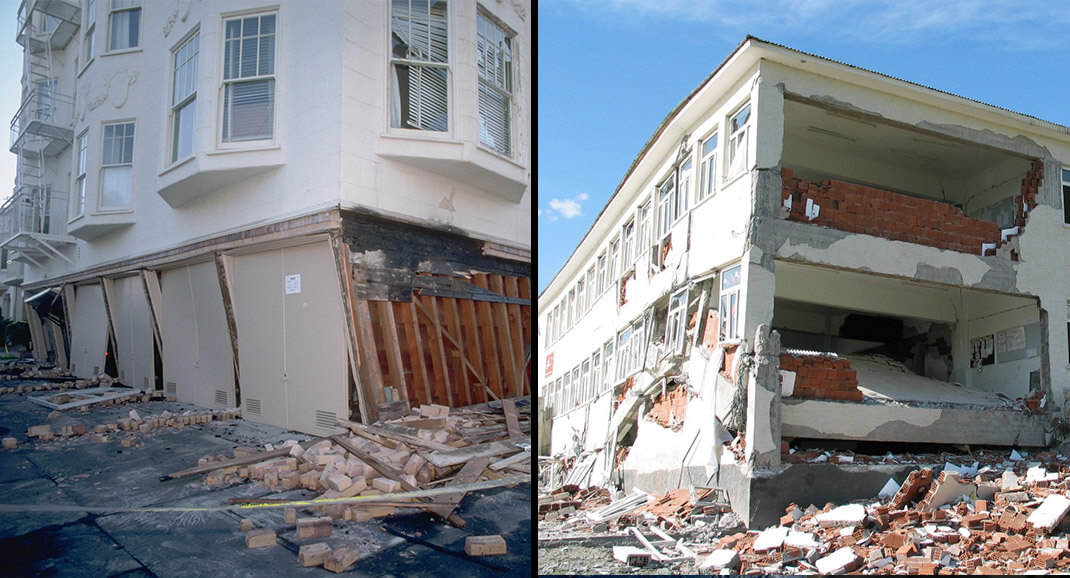In an effort to improve community resilience, the City of Los Angeles adopted the strictest seismic retrofit laws in the nation last October. Ordinance 183893 focuses on the retrofitting of wood framed soft-story buildings and non-ductile concrete buildings constructed before 1980.
In February, the City adjusted the time limit to comply with the mandatory seismic retrofits in Ordinance No. 184081, and in April, Ordinance No. 184169 established the mandatory retrofit of buildings that have incurred excessive damage in a low level of earthquake shaking. All these retrofit ordinances derive from recommendations outlined in the Los Angeles Mayor’s Resilience by Design report issued in 2014, which presented the recommendations of the Mayoral Seismic Safety Task Force led by renowned seismologist Dr. Lucy Jones.
The Los Angeles City Department of Building and Safety officials investigated tens of thousands of city records and walked the city streets to identify 13,500 apartments and condos likely to need earthquake retrofitting. After two years in development, the list of soft-story buildings was released in April; owners of each building were given a notice and many have begun the evaluation and retrofitting process.
While surrounding jurisdictions are yet to adopt similar ordinances, some local property owners have taken the initiative to boost the safety of their own buildings ahead of the next major earthquake. Structural Focus was recently approached by a building owner to assist with voluntary seismic improvements of a six-building apartment complex in Camarillo, California. A seismic evaluation confirmed that the buildings’ “tuck-under” parking resulted in a soft-story deficiency and represented a significant vulnerability. The owner decided to proceed with a voluntary seismic retrofit scheme with the intent to reduce the life-safety risk as well as reduce the Probable Maximum Loss (PML) which represents the expected damage resulting from seismic shaking. A cost-benefit analysis, performed by Structural Focus and presented to the owner, determined that the implementation of Simpson Strong-Tie moment frames was the right choice for this project. These frames provide many advantages to the owner including minimizing construction time and tenant disruption. By placing new structural steel moment frames in key parts of the buildings, the team was able to reduce the project’s overall PML by fifty percent. The design was completed in conformance with the requirements of the Los Angeles’ retrofit ordinance.
Later this year, the City will release the second listing of buildings affected by the new ordinance — non-ductile concrete buildings with a roof and/or floor supported by a concrete wall or concrete column, constructed before January 13, 1977. An estimated 1,500 buildings, including landmark structures, may require close inspection. Structural Focus has worked on many of non-ductile concrete buildings, most recently the Hotel Shangri-La and the 710 Wilshire Hotel in Santa Monica; the team is currently working on Hotel Cecil and ROW DTLA Building 2.
